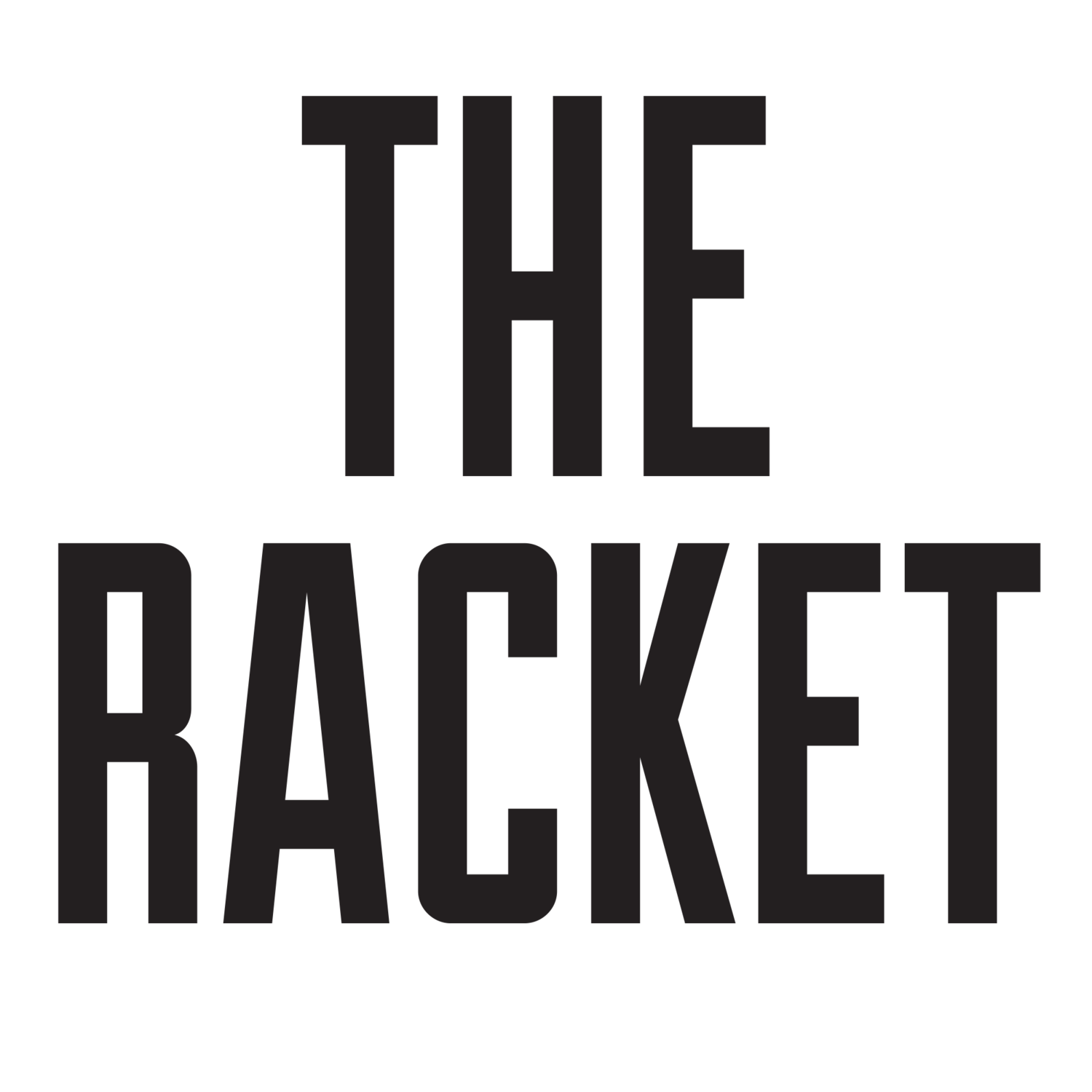DESIGN DAY w/ Sunra Thompson


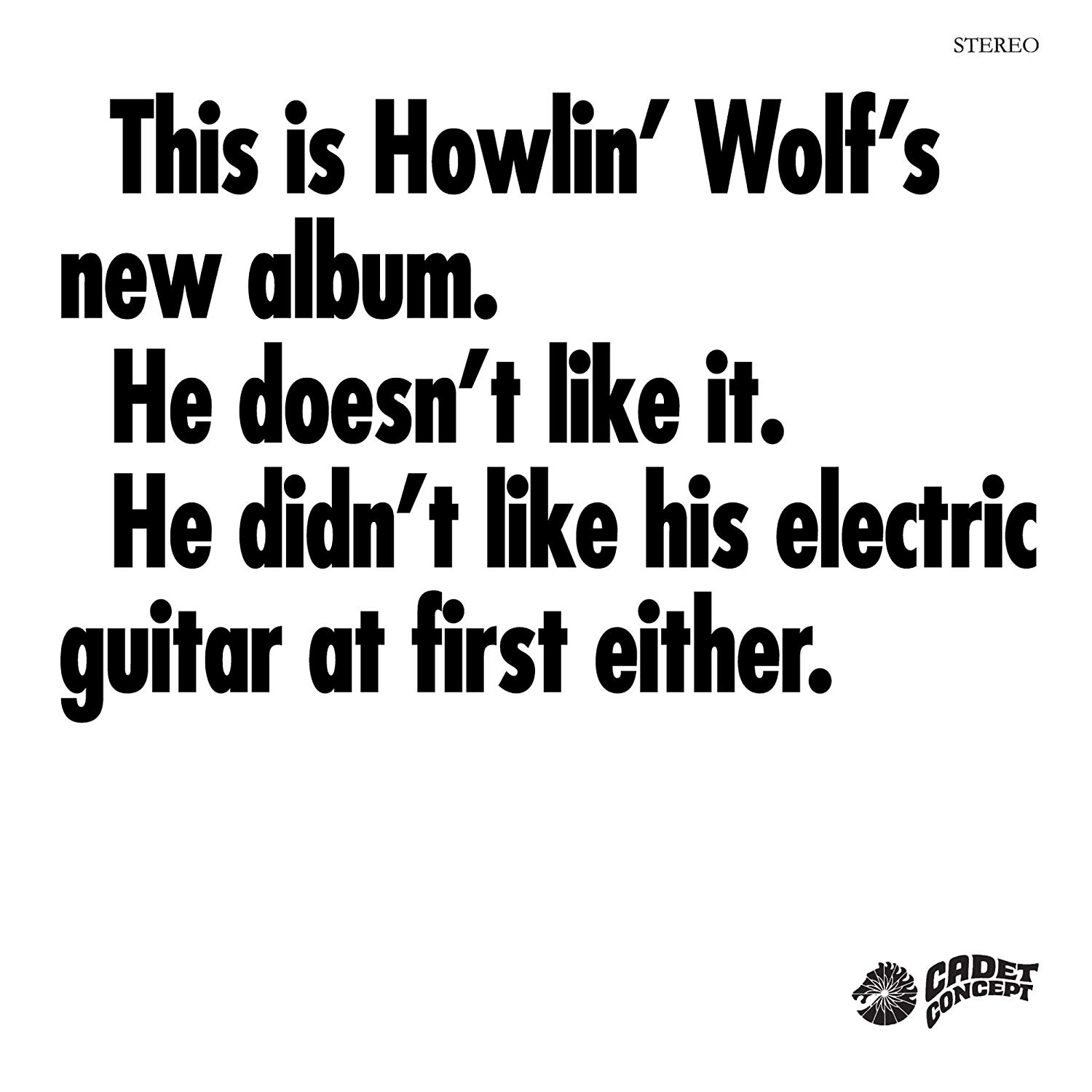
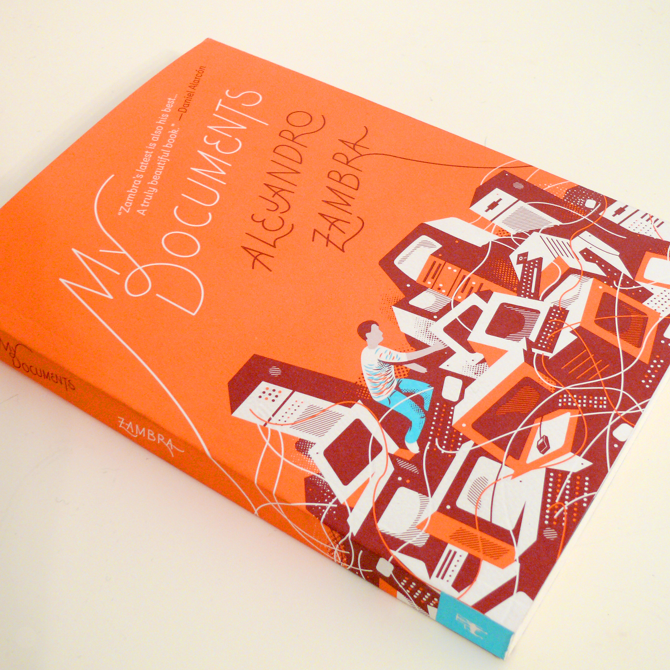
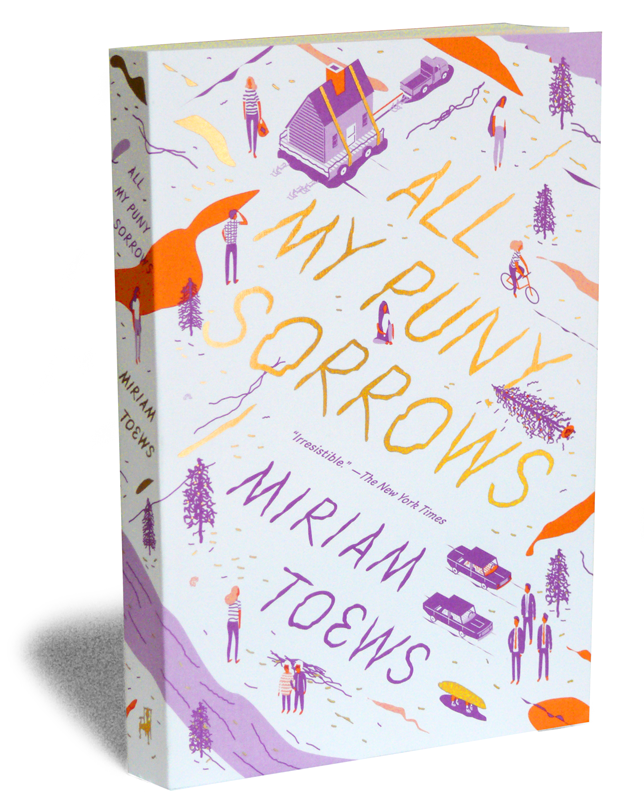
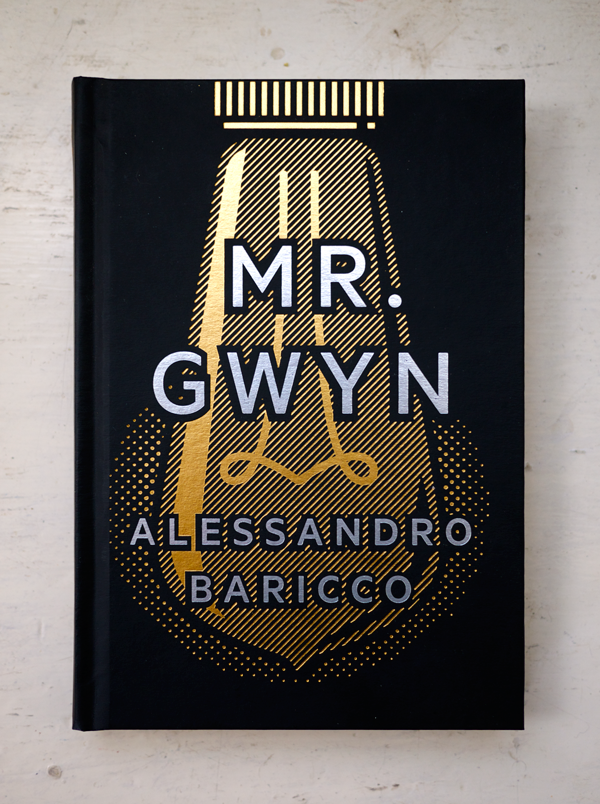
We love books. Every part of them. Including the cover.
DESIGN DAY is our weekly column where we interview a cover designer about a recent piece of their work, amongst other things.
This week: Sunra Thompson and his design for Hanif Abdurraqib’s Go Ahead In The Rain: Notes to A Tribe Called Quest. Thompson has done beautiful designs for books by Miriam Toews, alejandro zambra, Alessandro Baricco and more.
See a whole lot of HIS stuff here.
-
DESIGN DAY with: Sunra Thompson
What do you think the role of the book jacket is?
A cover can do all sorts of fun and intriguing things, so I'm a little reluctant to define what they can or should do too rigidly. Things are so much more interesting when it feels like there aren't any rules (which there aren't). But, at a minimum, I guess a cover should provide a foretaste of the book's tone or subject-matter or argument or whatever. I keep writing things like "covers for fiction tend to be more impressionistic, less literal" and "nonfiction covers should hint at the book's argument" but then I remember exceptions to all of these dumb generalities. So maybe, at best, a cover should give you a sense of the book's tone, argument, vibe. It's nice if something surprising happens on a cover. I also think a cover should be beautiful.
What's your process for designing a book jacket?
I usually start with the manuscript. I tend to work on covers for fiction, and getting a sense of the book's tone can be really helpful. Tone can help inform all sorts of decisions you have to make: color, scale, density, etc. I tend to start by thinking about color, mostly because it's such a low bar. You don't need a concept in mind to start thinking about color—you can throw colors and shapes onto a 5.5" x 8" rectangle to get the ball rolling (sometimes the hardest part) without feeling like you need a perfectly communicable concept.
Authors are also a crucial part of the process. Many, many covers I've worked on have been ideas that authors have suggested. Authors know their books better than anyone, and they are usually an invaluable resource. Once I've read the book, I'll try to chat with the author—about the book, if they have ideas for a cover, what they *don’t* want to see on a cover. And then I'll hole up somewhere, make some sketches, and hope something interesting happens. I usually don't land on the right idea in the first round of sketches—it's usually a process, with lots of trial and error. Mostly error.
Where do you typically draw your inspiration from?
I think lots of people say this, but I try not to focus too much on what's happening in the book-cover world. Looking outside of whatever industry you're in can open your mind to different ways of working. I tend to feel most inspired when I'm milling around a museum, say, or strolling around a park, away from a computer. Being away from a computer is key.
How does designing a book jacket differ from, say, putting together an illustration for Lucky Peach?
The main difference is time. Editorial stuff occurs on a much shorter timeline. The acceleration makes that kind of work stressful, but it also forces everyone involved to make decisions fairly quickly. Whereas book covers generally take months and months to finish. The beautiful thing about editorial work is that it’s totally ephemeral. It exists as along as the magazine or newspaper is on newsstands, and then it disappears (except in desktop folders and on Instagram) basically forever. Book covers, on the other hand, stick around. If you make a cover you don’t like, you wind up seeing it everywhere, all the time, for years.
What was the process like for designing Go Ahead In The Rain?
The process for Go Ahead in the Rain was pretty typical: I pitched a few ideas, the author had a few concepts in mind, and I tried to make developed versions of every idea we had that seemed promising. The final cover grew out of a concept that Hanif thought of, and which I loved.
It feels like your design for Go Ahead In The Rain differs from the more illustration-based style of your other work. How did the process for designing this style of cover differ from what you've done before?
I don't think I'd ever done a cover that was so purely typographic, so I think you're right that it feels uncharacteristic. Most of the ideas I pitched for this book were illustrative, unsurprisingly. But Hanif had this brilliant concept in mind early on, and we wound up coming back to it after a few rounds of sketches. The cover we ultimately landed on was inspired by an old Howlin' Wolf record cover (ed: that Hanif loved. The record is totally typographic, and reads, in full: "This is Howlin' Wolf's new album. He doesn't like it. He didn't like his electric guitar at first either." That's it. No image, no photo, not even any color—just this text. The idea was to be faithful to the matter-of-fact audacity of that record cover, but then to allude to the subject of the book (A Tribe Called Quest) in a subtle way, with certain color choices.
Your cover design is very stark and Go Ahead in the Rain is such a tender, personal book. How does Abdurraqib's very personal memoir/biography of A Tribe Call Queset make itself known through your cover?
This cover is probably best understood in relation to other playfully typographic record covers, like the Howlin' Wolf cover. I think it was smart (and brave) that the publisher didn't turn this cover into a conventional-looking memoir (which it certainly is not). The wager, I suppose, was that a large portion of the book's audience would be pop-music nerds in general and A Tribe Called Quest fans in particular, and that a book cover that riffed on a record cover would be appropriate and surprising.
Does cover design affect what you personally read?
Probably never, to be honest! I'm trying to think of a time I've ever bought a book because of its cover and I don't think it's happened!
